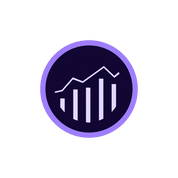Adjust is a Mobile Analytics Software. Adjust offers Event Tracking, Revenue Tracking, Retention Tracking, Cohort Analysis, A/B Testing and many more functionalities.
Some top alternatives to Adjust includes Branch, Singular, Amplitude, Localytics and Adobe Analytics.
Yes, Adjust provides API.
Yes, Adjust provides a mobile app.
Adjust is located in Berlin, Germany - 10405
Adjust offers Quotation Based pricing model
The starting price is not disclosed by Adjust. You can visit Adjust pricing page to get the latest pricing.














